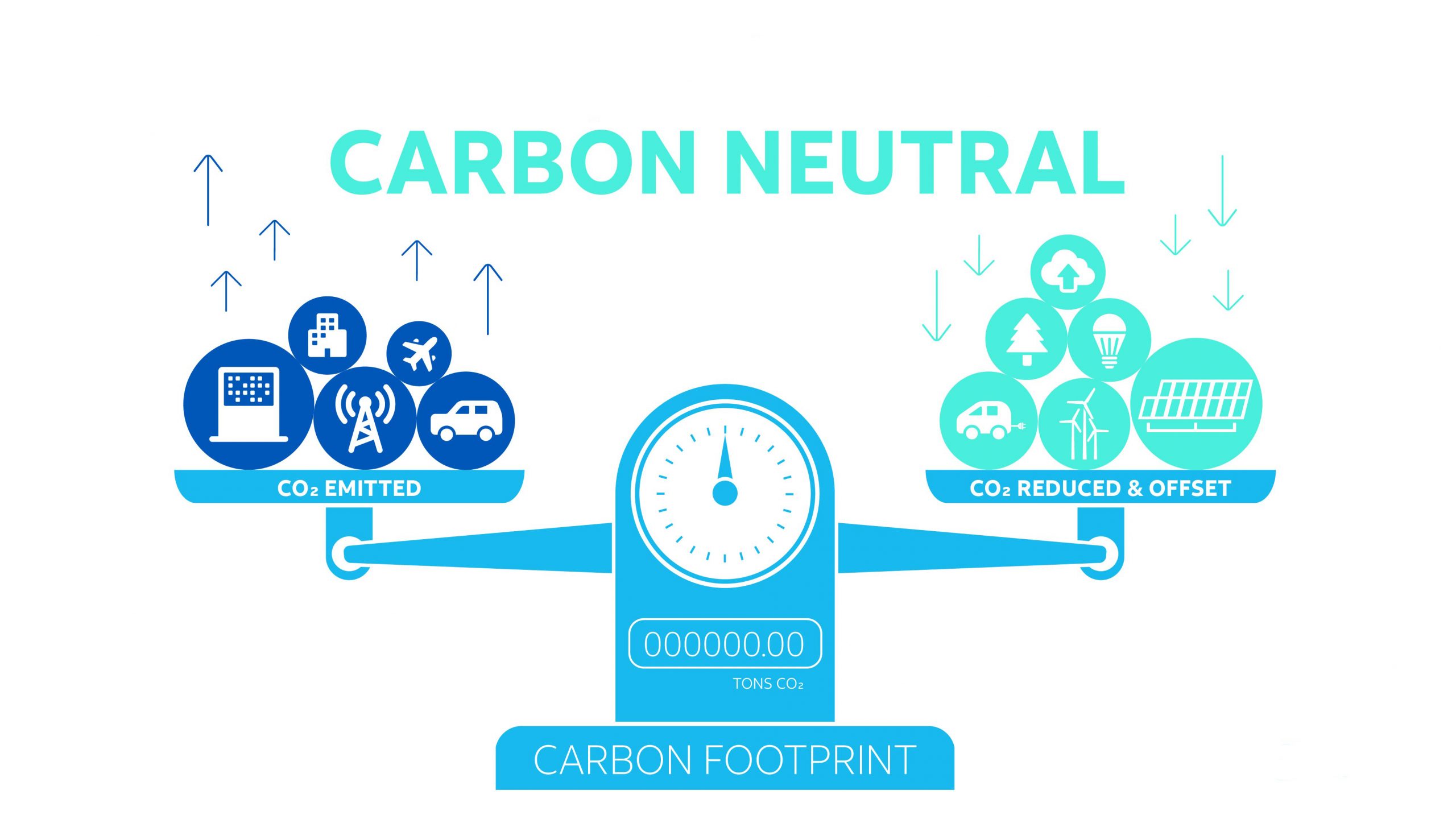On July 14th of European Time, the European Union announced a climate proposal named “Fit for 55.” By 2030, the greenhouse gas emissions in the EU region will decrease by 55% compared to 1990, and by 100% by 2035. That is to say, there will be no more sales of fuel vehicles in the EU region by 2035, and the final goal is to achieve climate neutrality by 2050.
Since 1990, the emissions in the EU have decreased by 24%, which means that the EU needs to reduce the emissions by another 40% to achieve the goal of 2030.
In addition, the emissions of passenger cars in the EU region account for 12% of the total CO2 emissions in the EU, and the average emissions of new cars are 107.8 g/km. If the plan for 2030 can be implemented, the new car emissions in the EU region will be around 40 g/km.
To cope with the electrification transformation, the EU also stated in its proposal that it hopes member states will install public charging stations no more than 60 kilometers (37.3 miles) apart on major roads by 2025. The EU expects to have 3.5 million new charging stations by 2030, and 16.3 million by 2050.
If this proposal can be passed, the promotion of electrification of cars in Europe will be further accelerated. Fortunately, most European local enterprises have already planned for their future electrification plans in advance. BMW Dingolfing factory will achieve carbon neutrality this year, Audi announced it will achieve comprehensive carbon neutrality in its production base by 2025, Mercedes-Benz will stop selling traditional fuel vehicles by 2039, and all passenger cars under its brand will achieve carbon neutrality. Volkswagen even announced the new SSP electric platform and its future electrification sales plan in its 2030 strategy a few days ago.
Faced with increasingly strict environmental regulations and traditional car manufacturers’ plans for electrification transformation, it seems that the trend of fuel vehicles has gone. The proposal of large-scale ban on fuel vehicles in the future of Europe has taken the lead in the world, and it is believed that more regions and car enterprises will develop towards the direction of new energy zero emissions in the future.🔗 Source: the verge
This article is a translation by ChatGPT of a Chinese report from 42HOW. If you have any questions about it, please email bd@42how.com.
